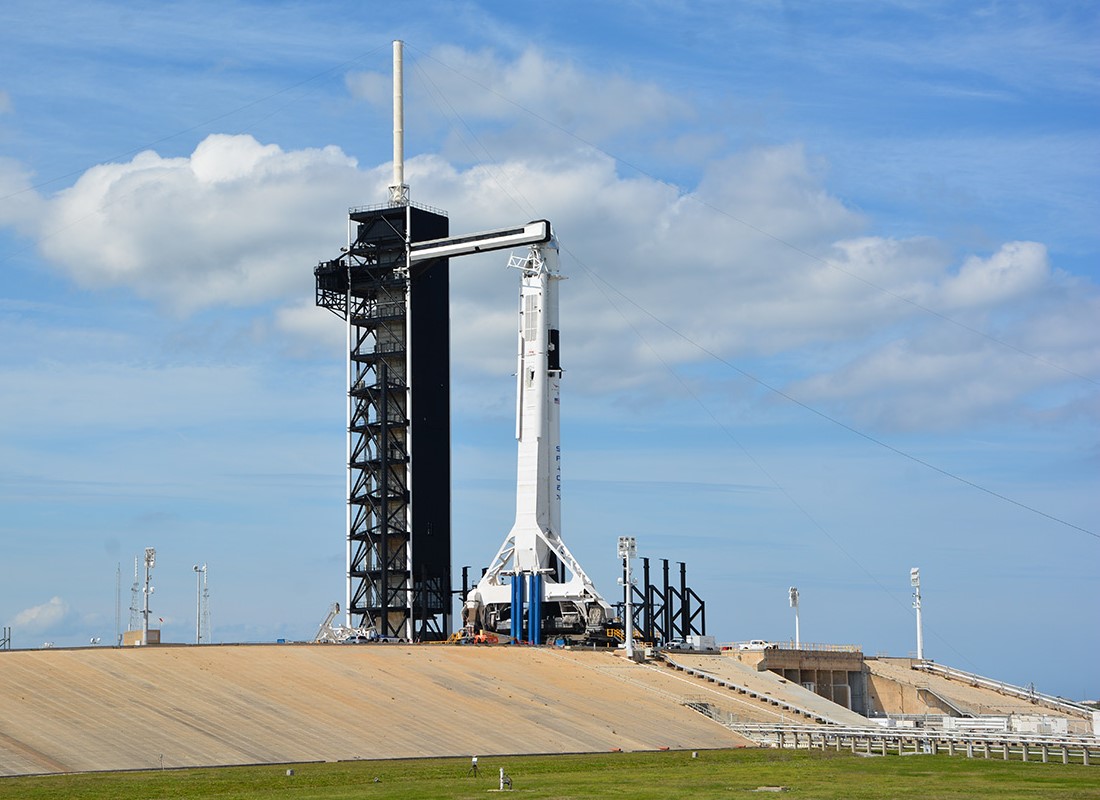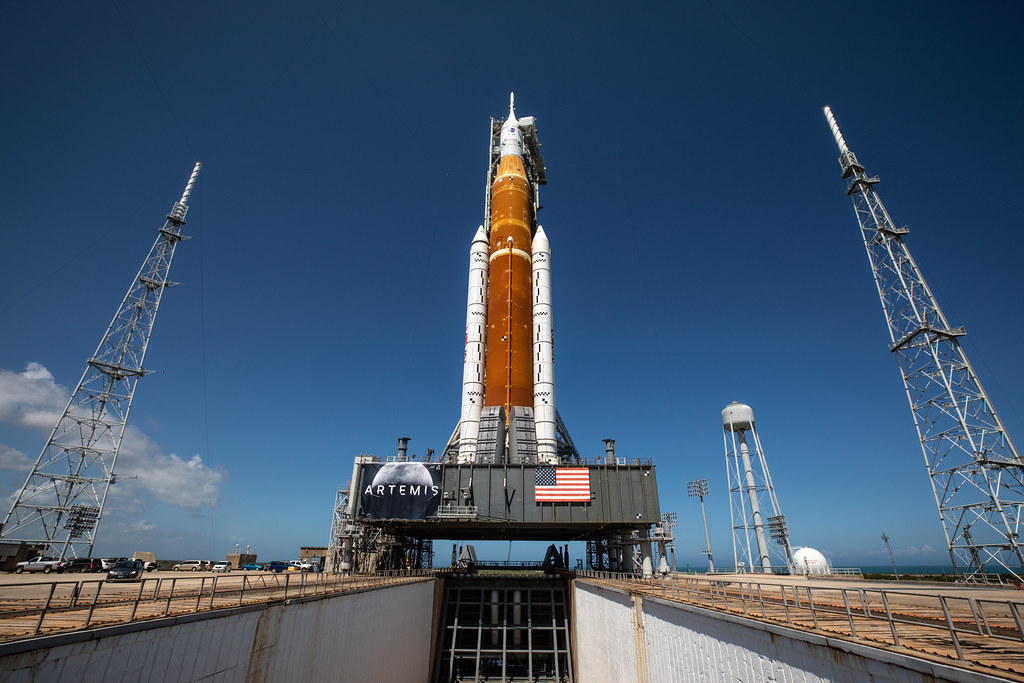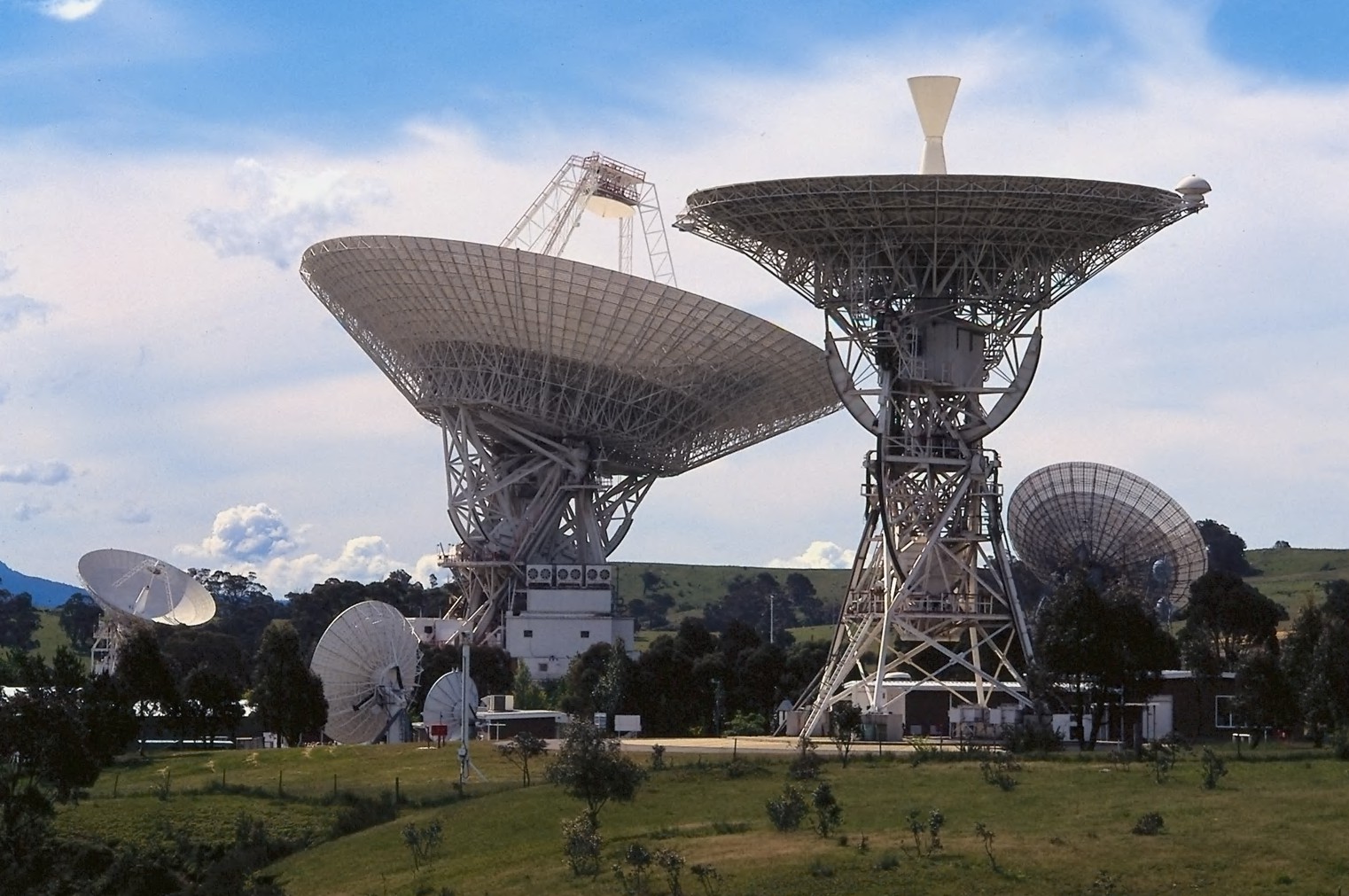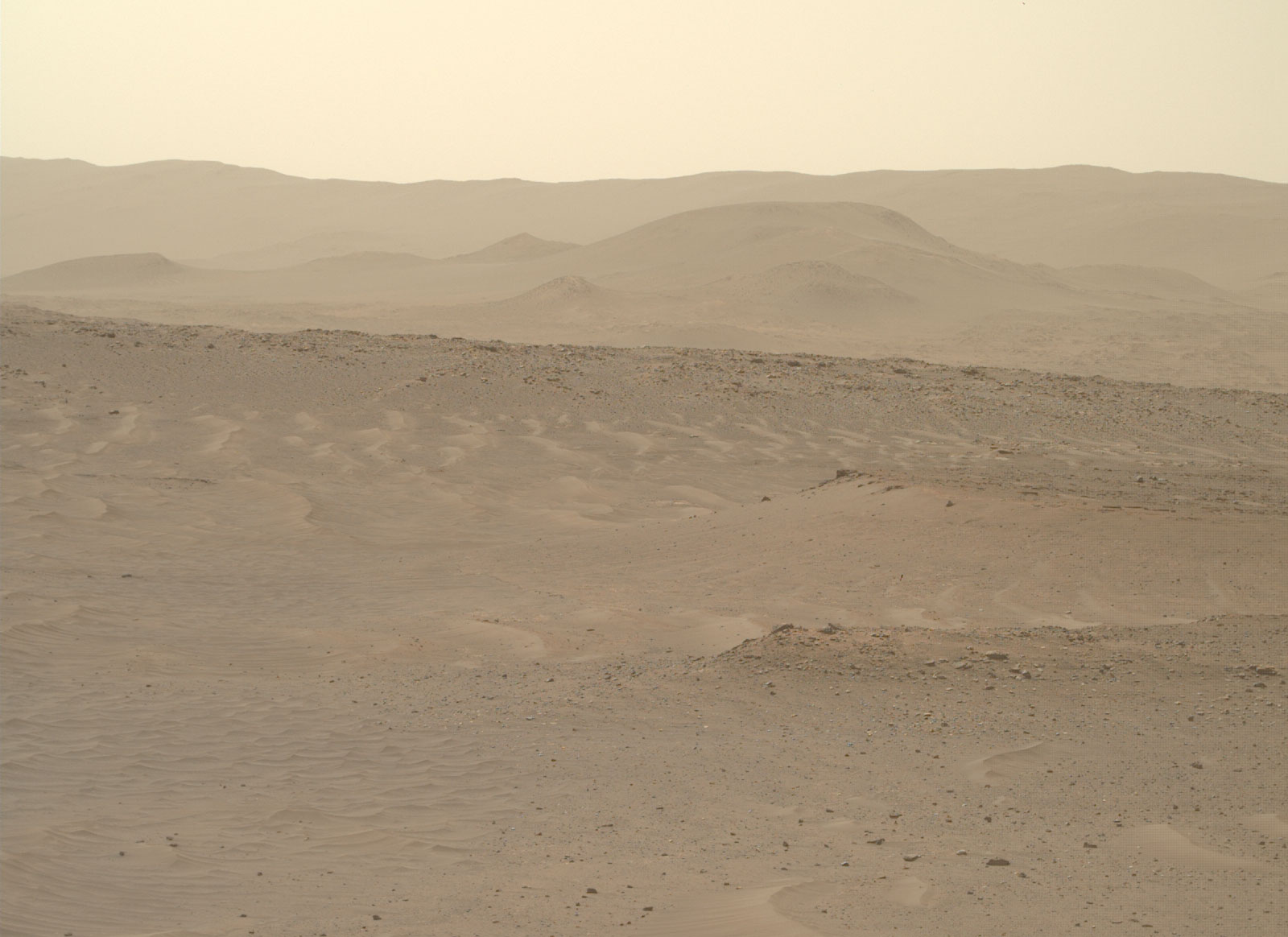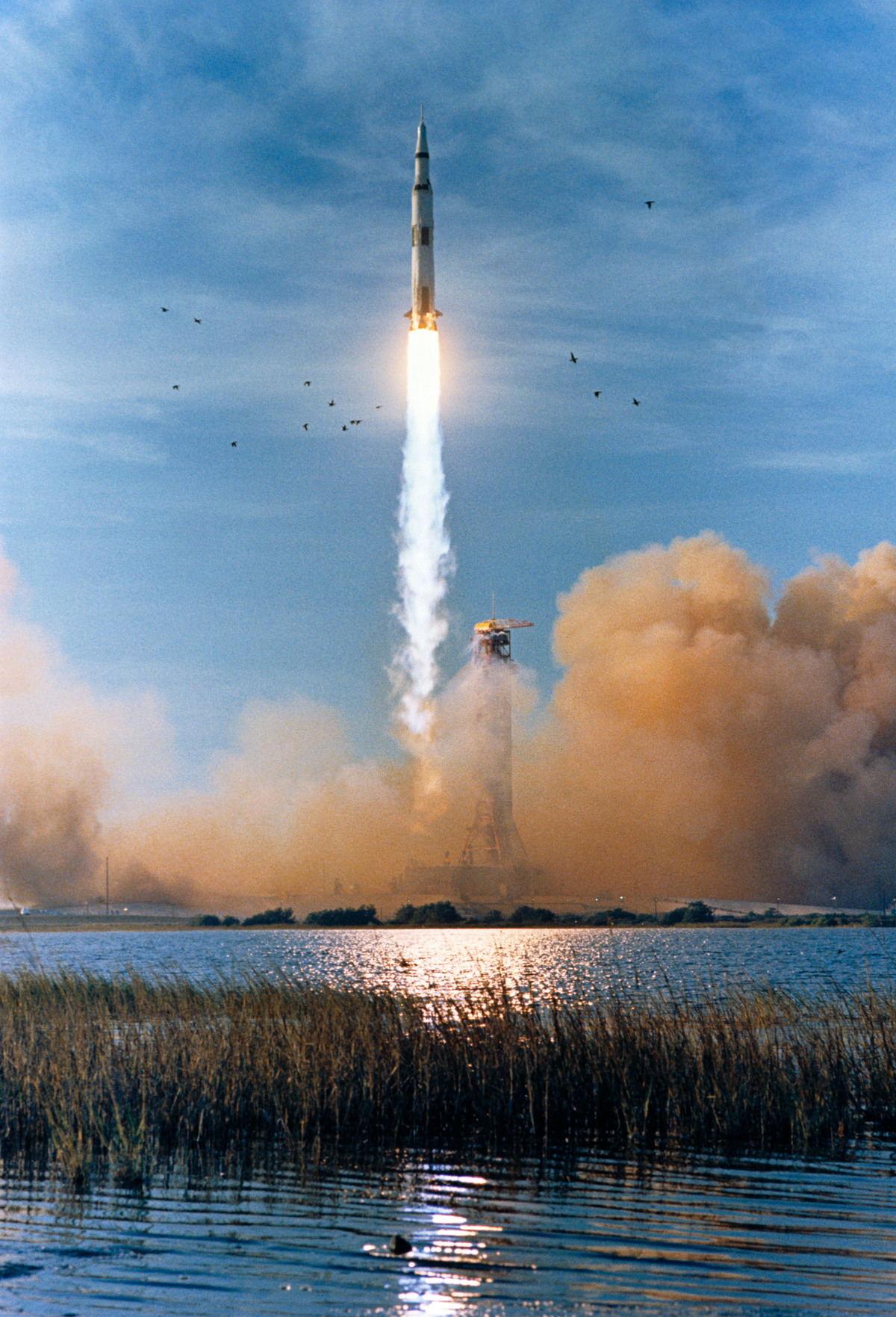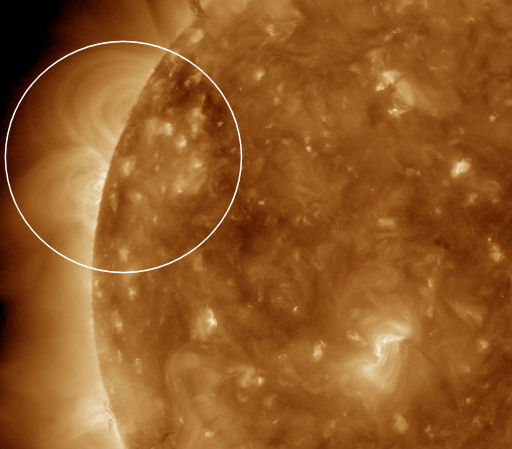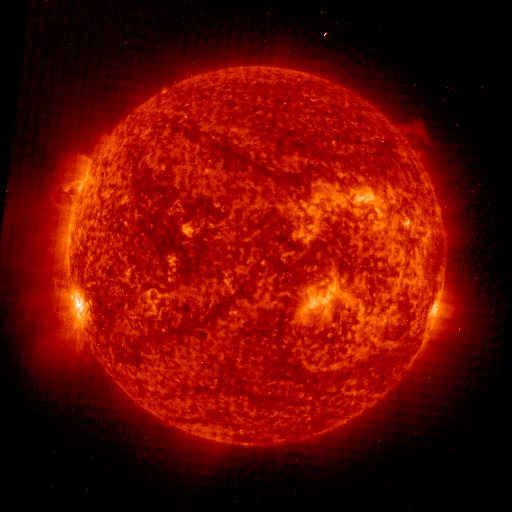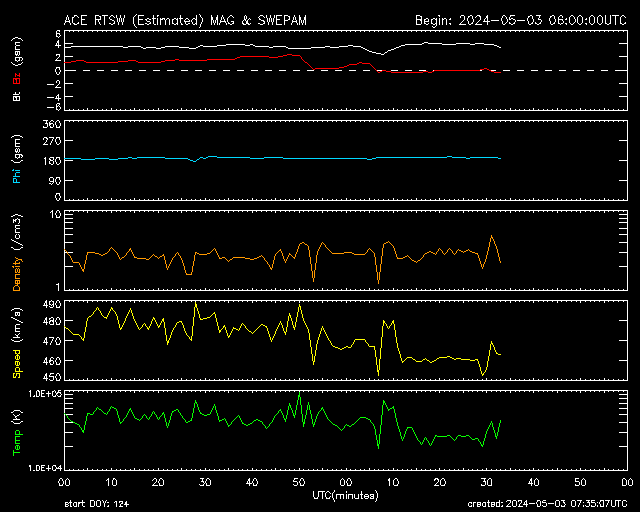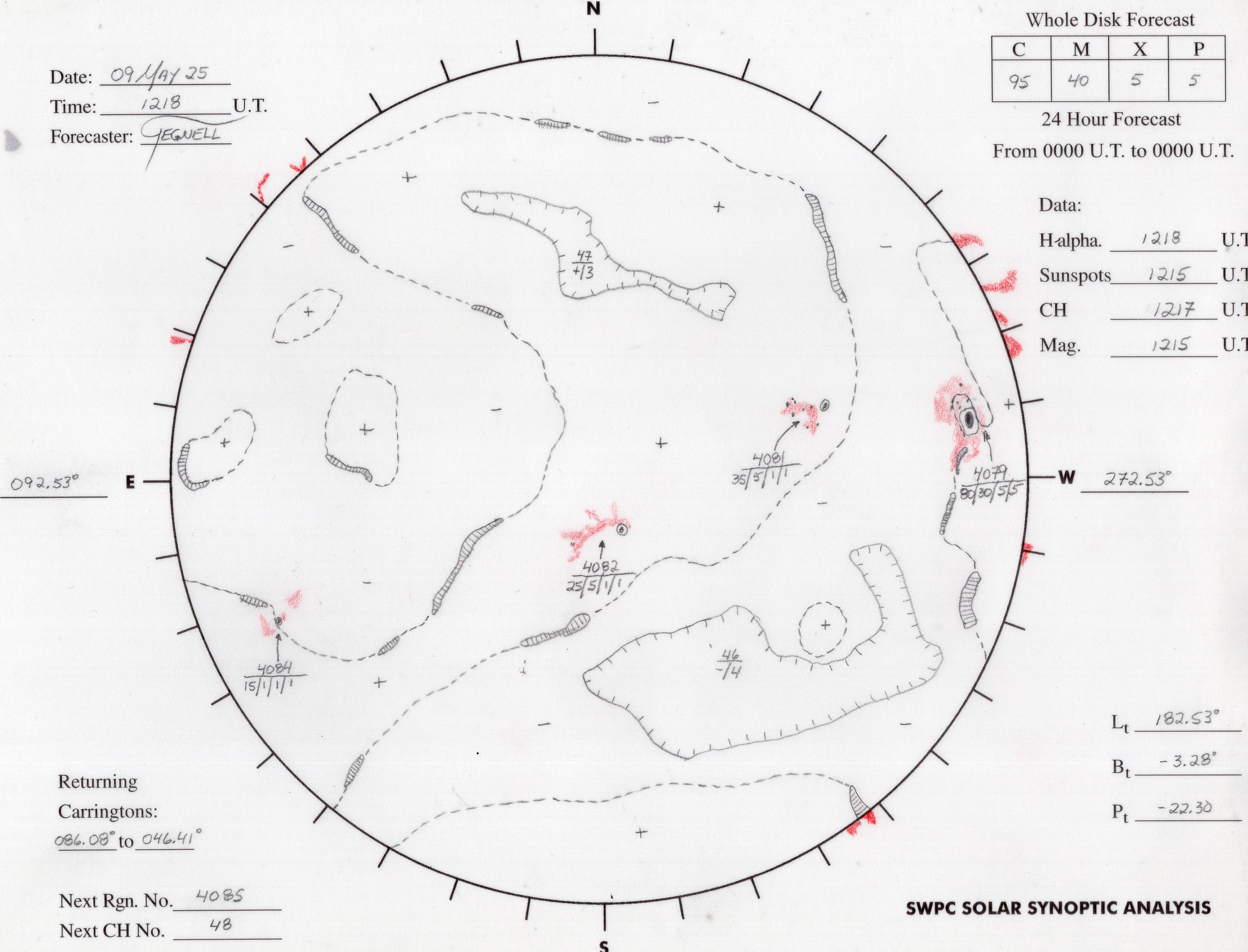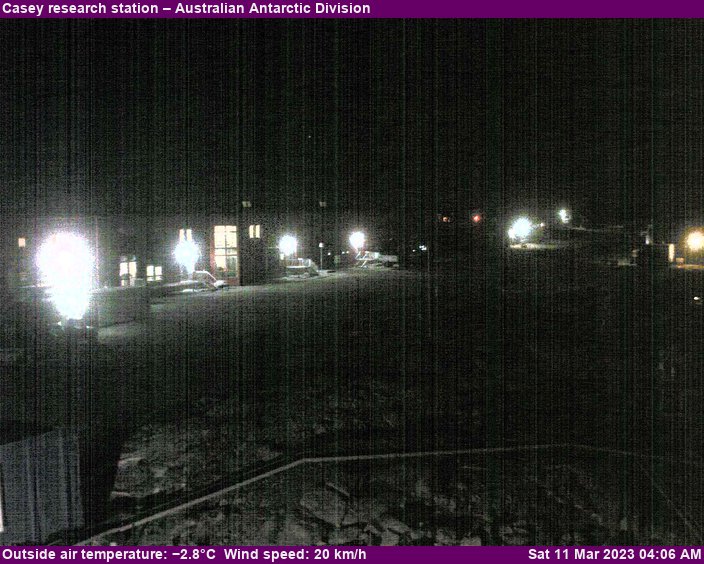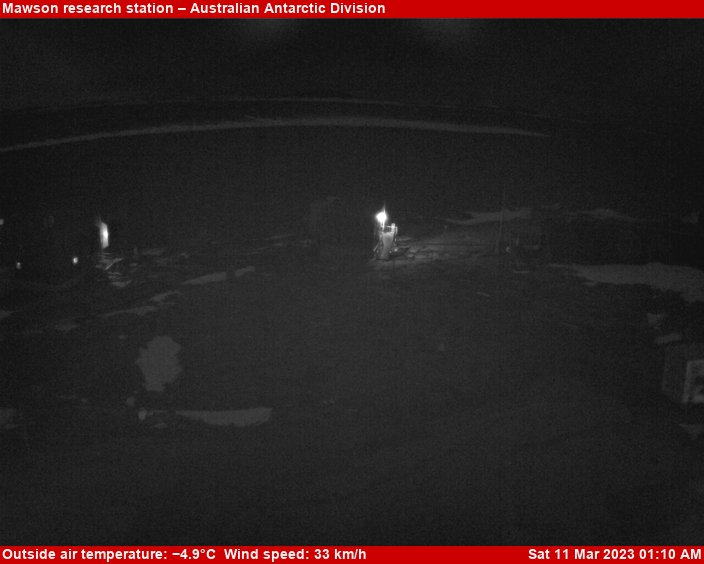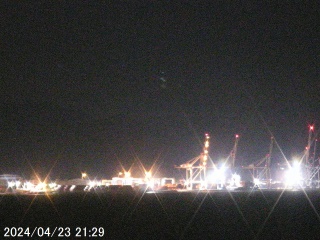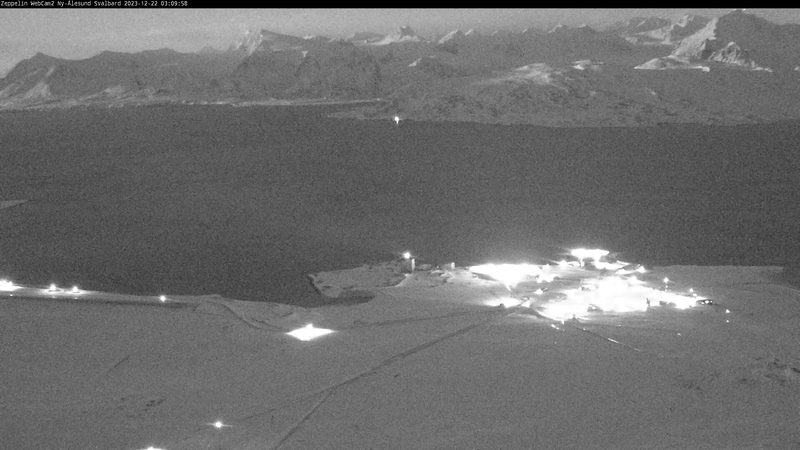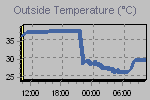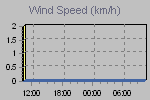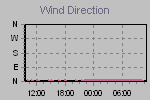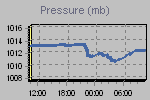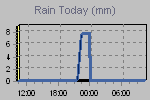The Mars 2020 Mission is pushing the boundaries of what is possible on Mars.
The most incredible part of working on Mars 2020, for me, has been the versatility of both the hardware and the operations team to push our spacecraft to achieve things they were not originally designed for.
The first example of this was the surprise extension of the Ingenuity Mars Helicopter’s operations. Ingenuity made history when it took flight and hovered above the ground -- the first powered, controlled flight on another planet. This milestone turned out to be only a modest beginning for Ingenuity, which was promoted from a technology demonstration to a full-time terrain scout for the Perseverance rover. Ingenuity has since broken every speed record set by previous rovers, achieved the longest distance travelled by a vehicle in a single sol on Mars, collected valuable observations, and has demystified the possibility of extraterrestrial flight. In short, Ingenuity has forever freed us from the surface in planetary exploration.
Perseverance is also revolutionizing rover capabilities, exemplified recently by the SuperCam Team’s effort to expand their observational range.
Mounted to Perseverance’s 'head', SuperCam is a multipurpose instrument that combines a powerful laser with a telescope and spectrometer to measure rock chemistry and mineralogy. The laser beam is used to generate a superheated plasma on a rock surface. The light that radiates from this plasma is measured by SuperCam’s spectrometer and converted to chemical information. SuperCam was designed with a guaranteed focus distance of 7 meters, but the capacity to shoot even further. Over the past year, the SuperCam team has been testing how much further we can focus our laser and still generate a radiative plasma.
On sol 328 (January 22nd), we successfully achieved the longest laser-based spectroscopy analysis ever performed on Mars, reaching 10 meters. We are now preparing to test our laser on a target 11 meters away - as far away as a telephone-pole is tall! We have not yet found a suitable target for this test, but Perseverance has recently begun moving again, after a short pause to assess foreign object debris on the drill chuck. Our team will be eagerly looking for targets as we rove.
By systematically pushing our performance envelope on Mars, we can analyze a greater diversity of rock targets that the rover drives by, which promises to play a key role in exploring new regions where samples may be collected for return to Earth. It is simply amazing to watch, in real time, as we extend the limits of what is possible and broaden our exploration horizons.
Written by Erin Gibbons, Student Collaborator at McGill University
